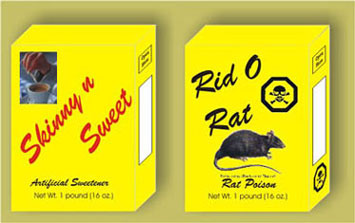

Blood may be noted on carpet or furniture in areas where the pet spends time. Blood may be noted in urine, feces, or saliva. Pets may bleed from their skin, gums, ears, nose, eyes, or other locations.

They will be phased out, and replaced with an ingredient called bromethalin, which also is toxic to cats and dogs. In most cases, the antidote is effective in preventing illness and death from rodenticide toxicity.Īlthough anticoagulant rodenticides remain in common use, new regulations (as of 2015) in the United States will cause them to become markedly less common in the future. It must be administered for four to eight weeks. If they do not receive veterinary attention, they will become sick and almost certainly die from the consequences of continuous bleeding.Īn antidote to the poisons is available.

Examples of anticoagulant rodenticides include d-CON ® and Talon ®.Īnimals that consume anticoagulant rodenticides lose blood into the environment or internal body spaces such as the lungs. These compounds are called anticoagulant rodenticides. This article covers the most commonly used rodenticides, which work by preventing blood from clotting. Several varieties of rodenticide are commercially available. Although the poisons are designed to control pests, they are toxic to dogs and cats as well. Mouse and rat poisons (known as rodenticides) are commonly used by individuals and exterminators in homes and businesses.


 0 kommentar(er)
0 kommentar(er)
